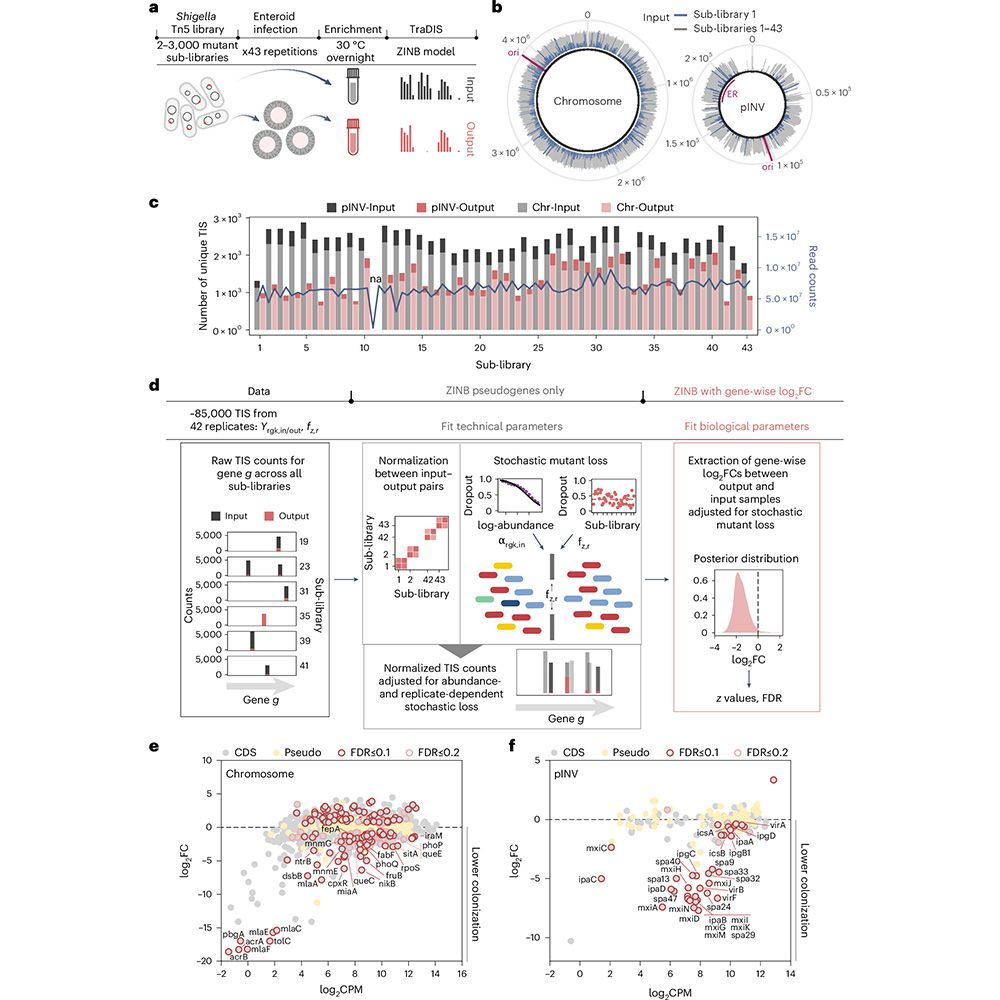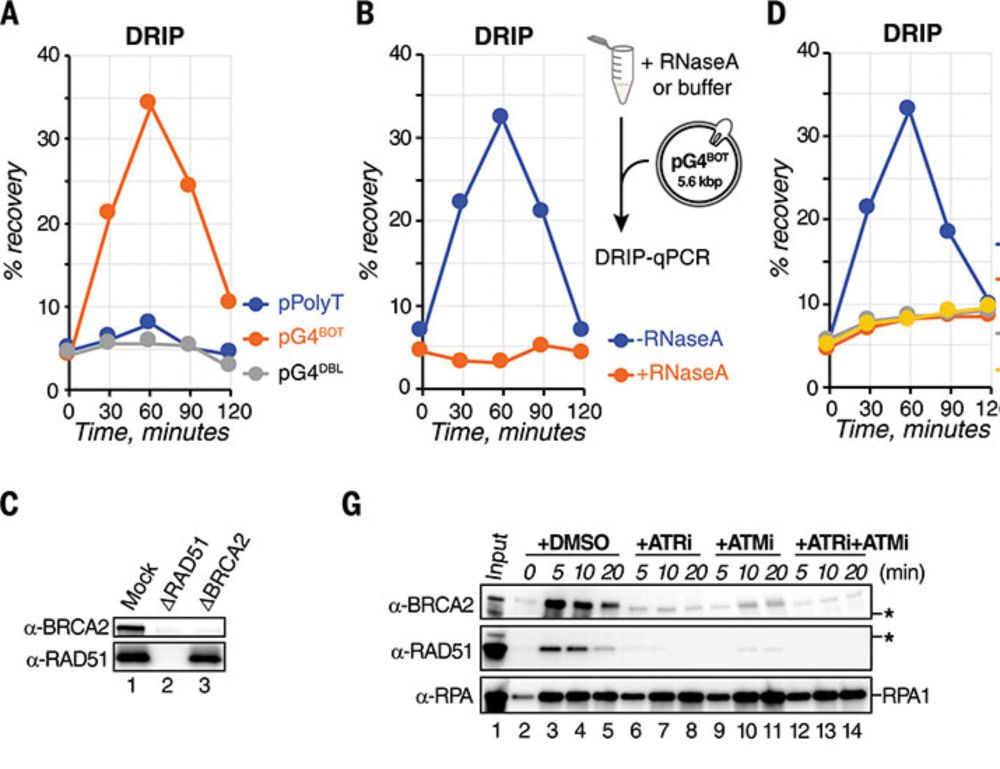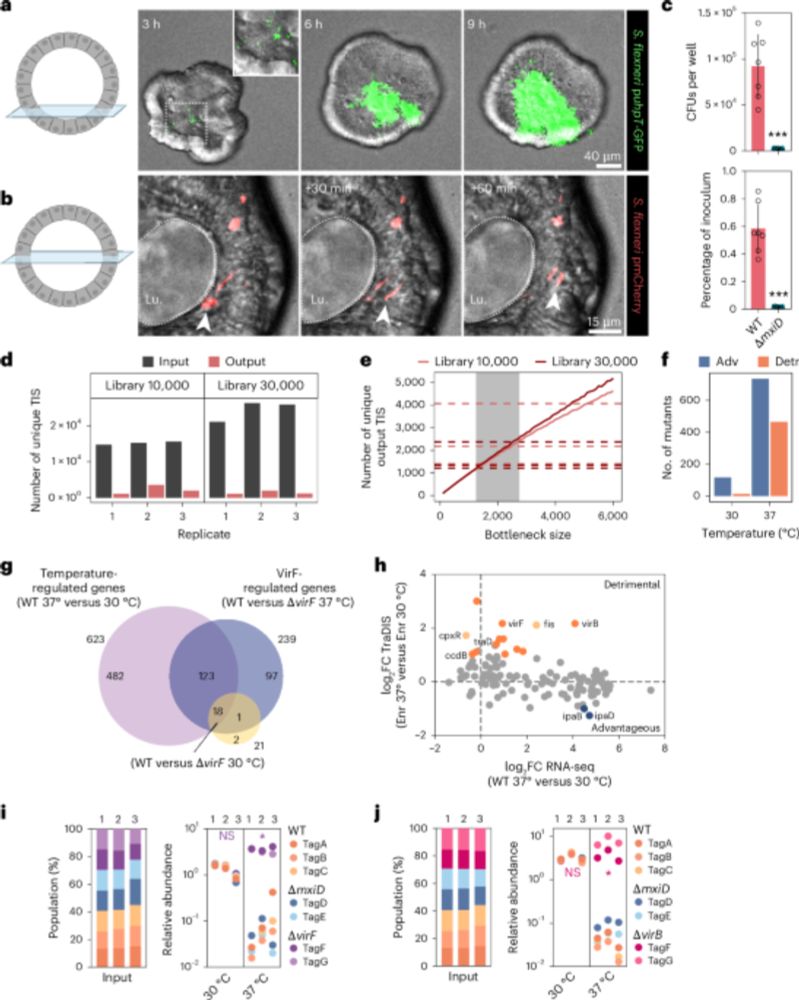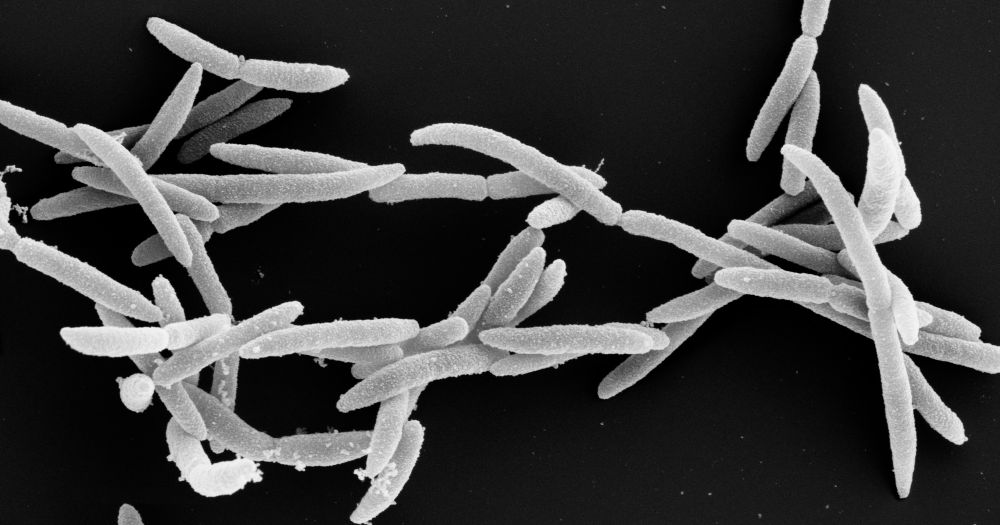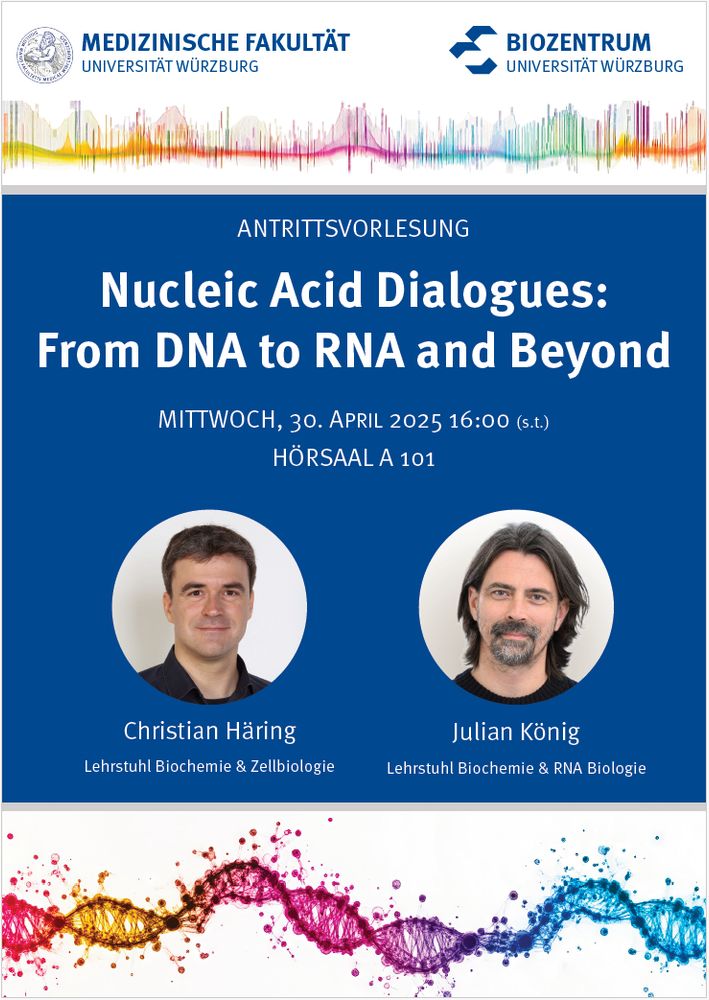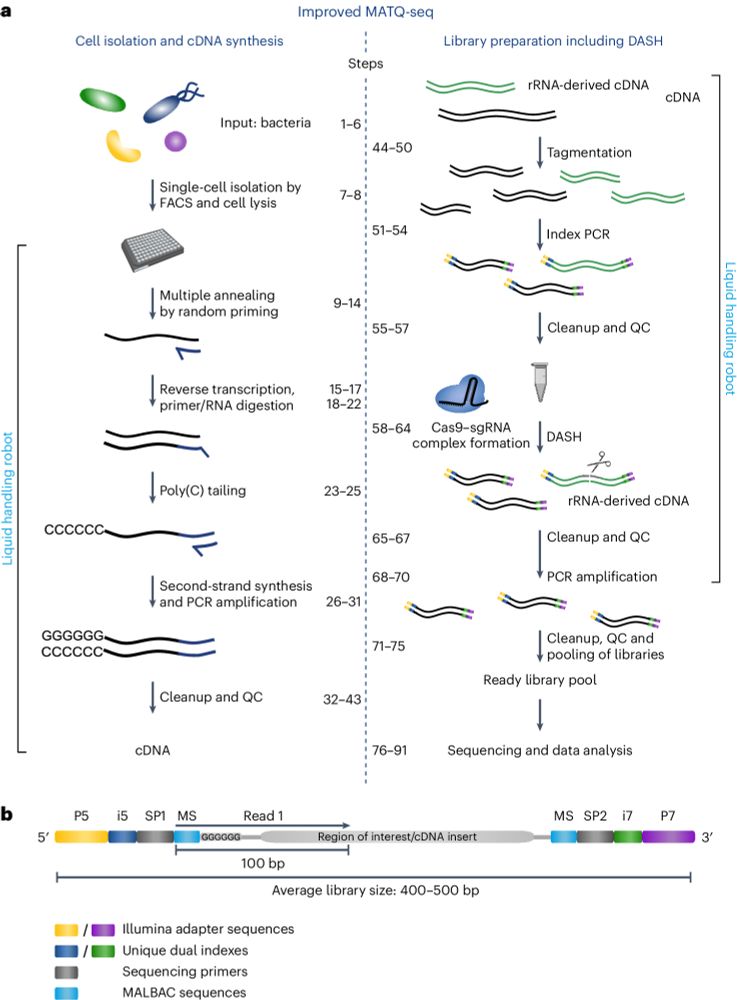Anke Sparmann
@ankesparmann.bsky.social
66 followers
90 following
8 posts
Scientific writer @helmholtz-hiri.bsky.social and editor at Life Science Editors (https://www.lifescienceeditors.com/)
Posts
Media
Videos
Starter Packs
Reposted by Anke Sparmann
Reposted by Anke Sparmann
Reposted by Anke Sparmann
Reposted by Anke Sparmann
Danny IncaRNAto
@incarnatolab.bsky.social
· Jul 27
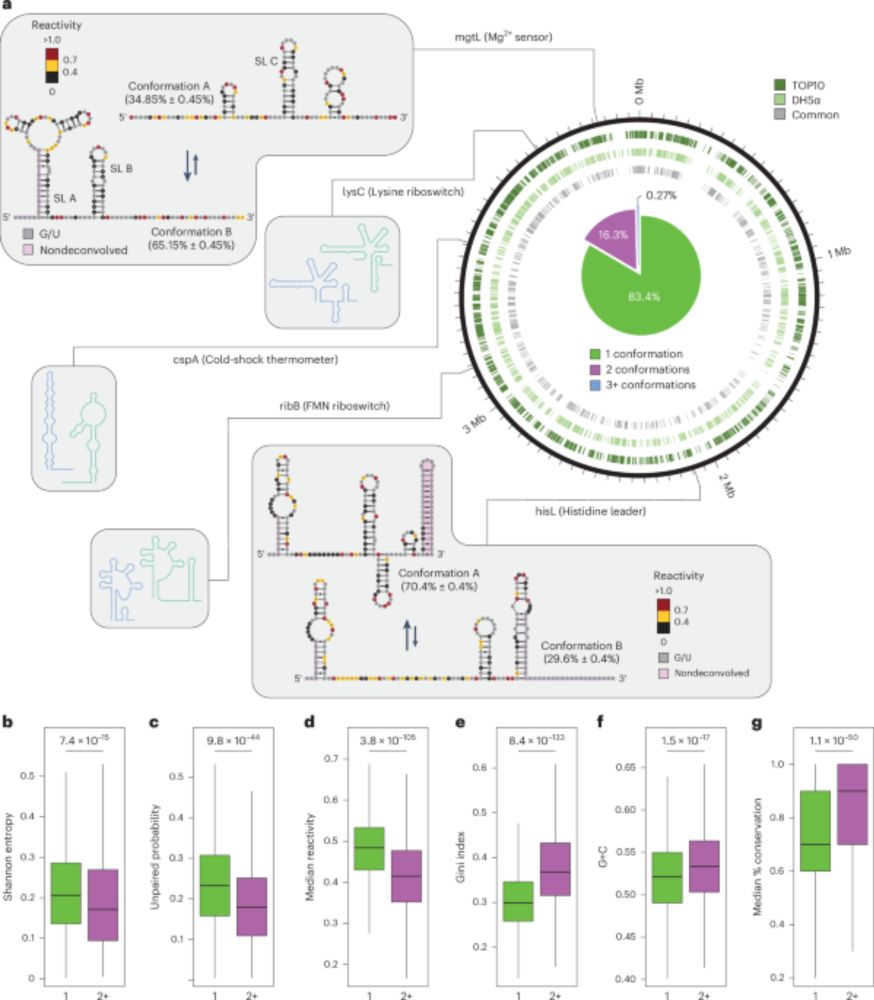
Identification of conserved RNA regulatory switches in living cells using RNA secondary structure ensemble mapping and covariation analysis - Nature Biotechnology
Transcriptome-scale maps of RNA secondary structure ensembles in living cells detect candidate RNA structural switches.
nature.com
Reposted by Anke Sparmann
Reposted by Anke Sparmann
Reposted by Anke Sparmann
Anke Sparmann
@ankesparmann.bsky.social
· Jun 30
Reposted by Anke Sparmann
Reposted by Anke Sparmann
Westermann Lab
@westermannlab.bsky.social
· Jun 17
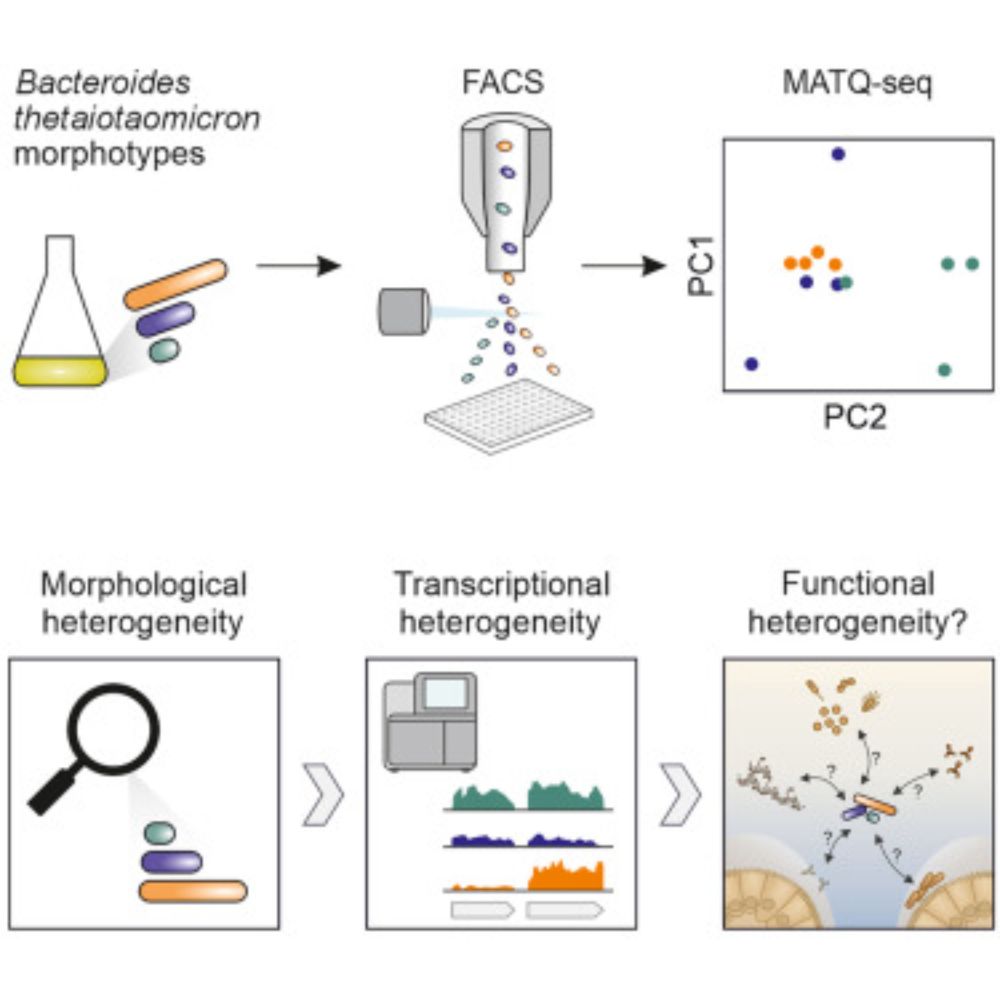
Low-input RNA-seq suggests metabolic specialization underlying morphological heterogeneity in a gut commensal bacterium
Bornet et al. investigate the morphological heterogeneity of Bacteroides thetaiotaomicron
cells observed both in laboratory culture and inside the mammalian GI tract. The authors
show that cell size i...
www.cell.com
Reposted by Anke Sparmann
Shazeb Ahmad
@shazebahmad.bsky.social
· Jun 11
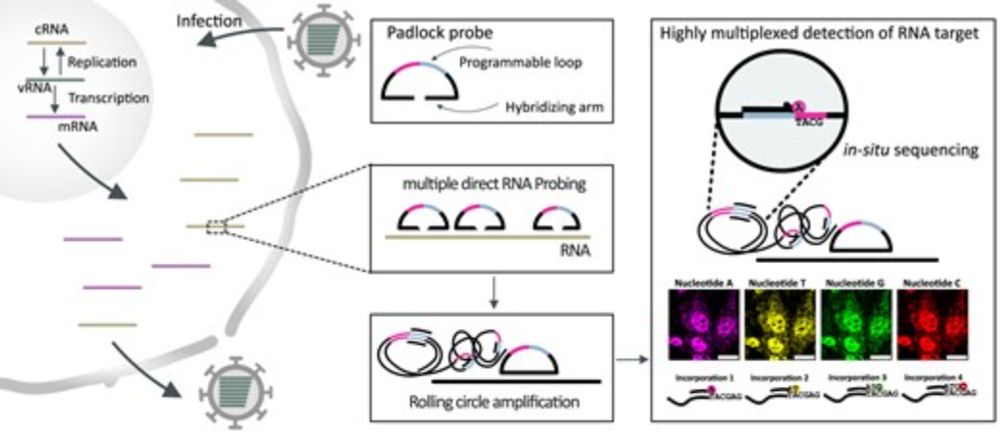
Visualizing the transcription and replication of influenza A viral RNAs in cells by multiple direct RNA padlock probing and in situ sequencing (mudRapp-seq)
Abstract. Influenza A viruses (IAVs) contain eight negative-sense single-stranded viral RNA (vRNA) molecules, which are transcribed into messenger RNA (mRN
academic.oup.com
Reposted by Anke Sparmann
Reposted by Anke Sparmann
Michael Eisen
@mbeisen.bsky.social
· Apr 15
Elinne Becket, PhD
@bielleogy.bsky.social
· Apr 15
Reposted by Anke Sparmann
Reposted by Anke Sparmann
Thomas Lemberger
@tlemberger.bsky.social
· Mar 19
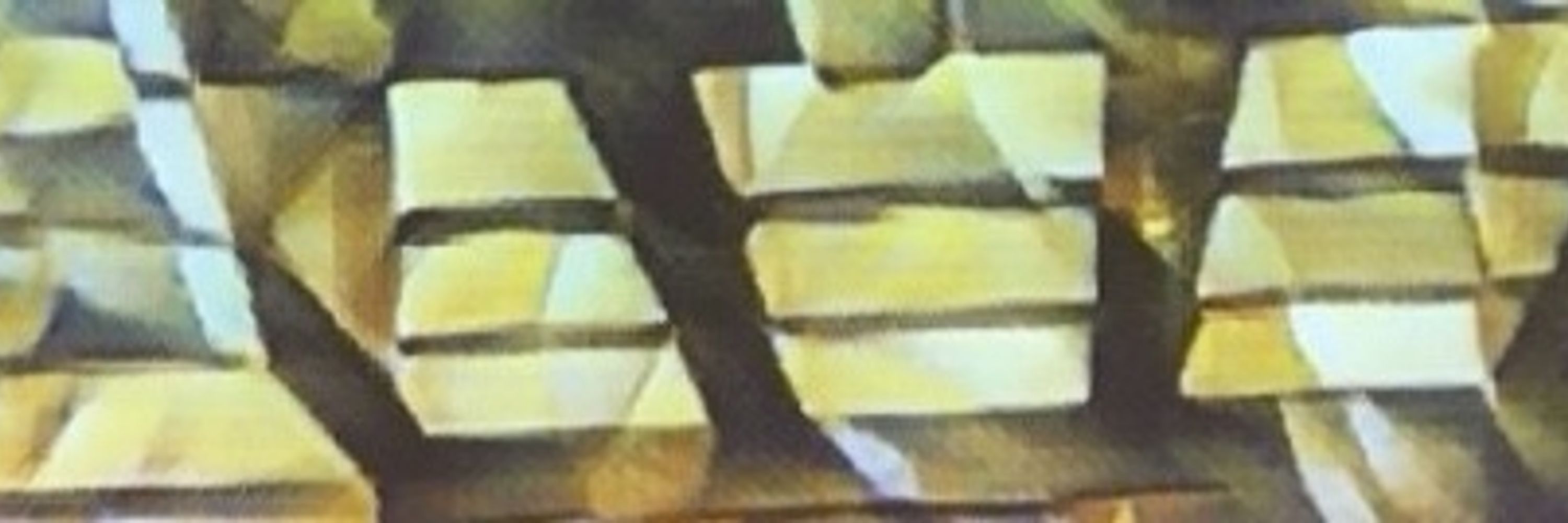








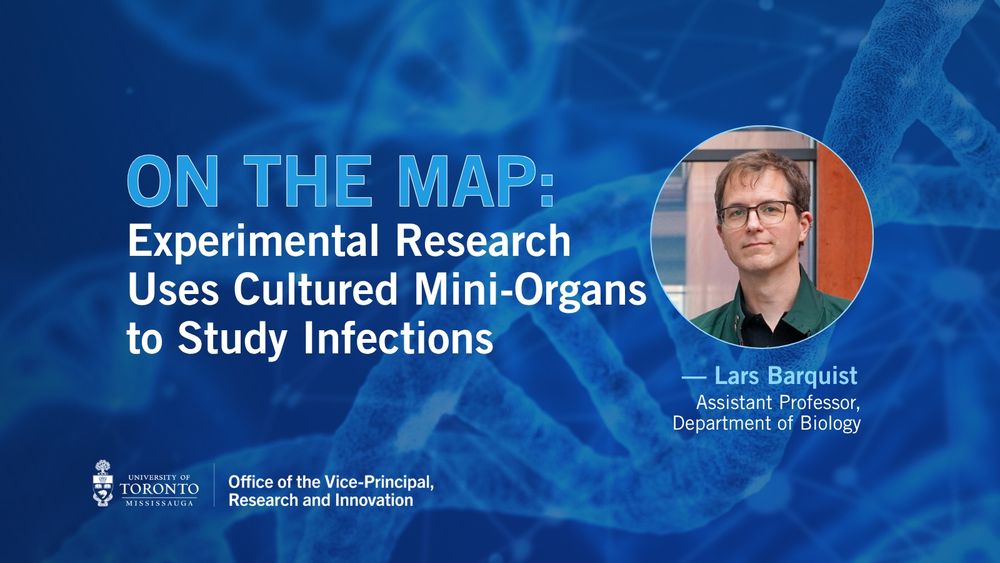
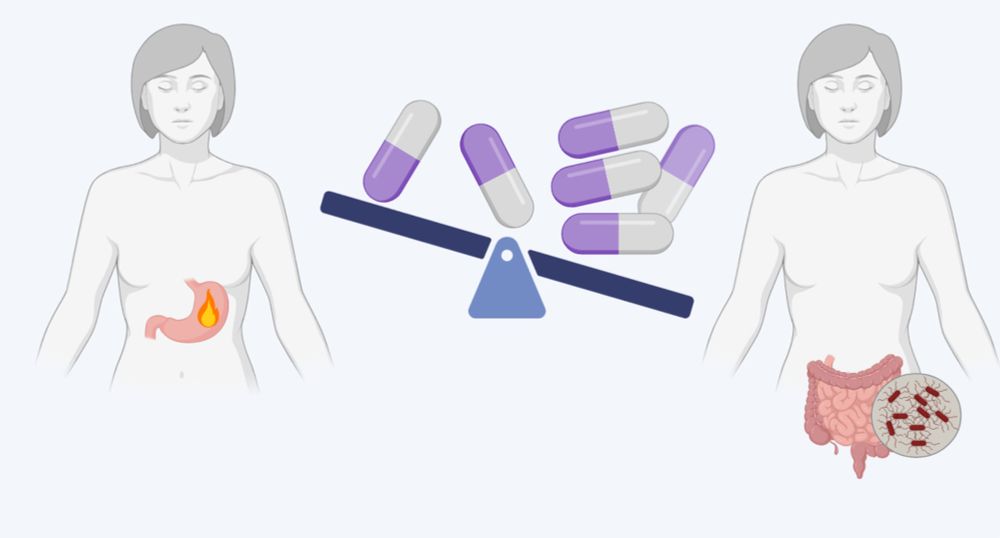
![3-panel comic. (1) PERSON WITH SHORT HAIR to Person 2: Shining laser pointers at planes is a federal crime. It’s incredibly dangerous. PERSON 2: Oh, because it can blind the pilot? SHORT HAIR: That’s one reason… (2) [Laser pointed at flying airplane] (3) [Cat close to the size of the plane pouncing on airplane and taking it down]](https://cdn.bsky.app/img/feed_thumbnail/plain/did:plc:cz73r7iyiqn26upot4jtjdhk/bafkreicdr4m3a7s2i232wlvcu7dkwytnrh3tlqfbojtmyg3pzr7a6ibxra@jpeg)
